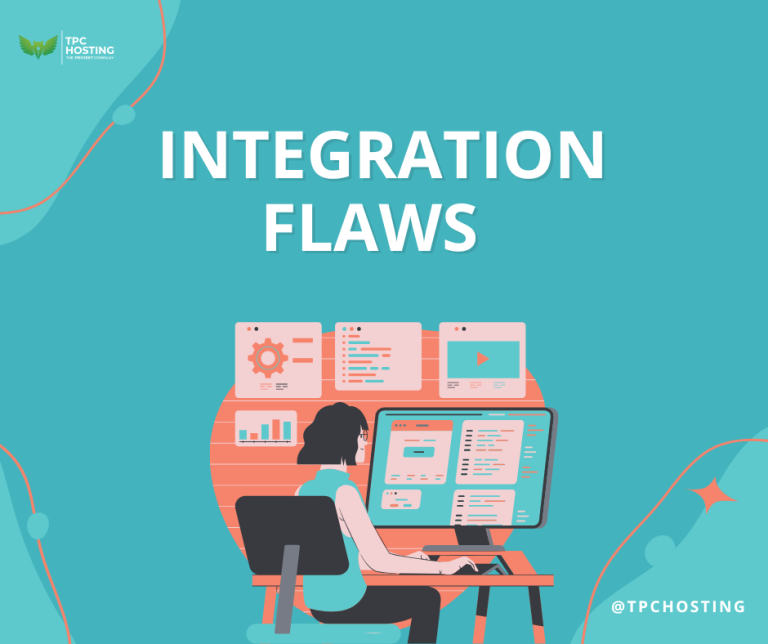
Introduction To ERP Implementation
ERP implementation is a critical process for businesses looking to streamline their operations. It involves integrating various functions of a company into a single system, enhancing efficiency and decision-making capabilities. For businesses around the world, adopting ERP systems can mean the difference between staying competitive and falling behind. However, ERP implementation is a complex undertaking that requires careful planning and execution. Failing to properly implement an ERP system can lead to numerous problems, including operational disruptions and financial losses. Understanding the common pitfalls of ERP implementation is essential for businesses aiming to make the most out of their investment.
Challenges during ERP implementation are not uncommon. Many businesses face obstacles such as inadequate planning, insufficient training, and data migration issues. These challenges can lead to delays and increased costs, frustrating both management and employees. The aim of this article is to provide insights into the top mistakes to avoid when embarking on an ERP implementation project, helping companies navigate this complex process with greater ease and success.
Inadequate Planning and Preparation
Effective planning is the foundation of a successful ERP implementation. Often, businesses dive into ERP projects without thoroughly understanding their needs and the scope of work required. This lack of preparation can result in budget overruns and missed deadlines, undermining the entire project. To steer clear of these pitfalls, businesses need to prioritise meticulous planning before any ERP implementation begins.
To create a successful ERP project plan, consider the following steps:
Clearly Define Objectives: Establish what you want the ERP system to achieve and how it aligns with your business goals.
Assess Current Processes: Evaluate existing workflows to determine how they will integrate with the new ERP system.
Set a Realistic Timeline: Factor in milestones and potential delays to ensure a feasible implementation schedule.
Allocate Resources: Identify the team members and resources required for each phase of the project.
Budget Accurately: Consider all aspects, from software costs to employee training, to prevent unexpected financial burdens.
An example of poor planning might involve a retailer pushing forward with ERP implementation just before a peak sales season without considering the impact on operations. By rushing through the planning phase, the retailer might encounter unforeseen issues, leading to downtime and dissatisfied customers. Comprehensive planning allows businesses to anticipate challenges and ensure smoother ERP implementation.
Poor Selection of ERP System
Choosing the wrong ERP system can be detrimental to the entire implementation process. The right system should cater to the specific needs of the business, offering scalability as it grows. Additionally, factors like vendor reputation and support services play a crucial role in the long-term success of the ERP system. Therefore, evaluating potential systems thoroughly before making a decision is vital.
When selecting an ERP system, businesses should focus on several key considerations:
Business Requirements: Identify specific needs and match them with the system features.
Scalability: Ensure the system can grow with your business.
Vendor Reputation: Research vendors for reliability, support, and past performance.
Integration Capabilities: Check compatibility with existing systems.
User-Friendliness: Choose a system with an intuitive interface to ease the transition for employees.
By considering these factors, businesses can make informed decisions that align their ERP systems with their overall strategic objectives, paving the way for successful implementation.
Insufficient Training and Change Management
Effective training and change management are pivotal for the smooth integration of an ERP system. Employees must be well-acquainted with the new system to utilise its full potential. Without proper training, the workforce might resist the change, leading to decreased productivity and morale. It’s crucial to prepare employees for this transition by offering them comprehensive training sessions tailored to their roles within the company.
Consider these strategies for effective change management and training:
Develop a Training Programme: Tailor sessions to different employee roles and ensure they cover essential features of the ERP system.
Foster Strong Communication: Keep everyone informed about changes and benefits, alleviating concerns about the new system.
Establish Support Mechanisms: Provide ongoing support and resources as employees adapt to the new system.
A manufacturing company, for instance, might face hurdles if its employees are unprepared for an ERP transition. By implementing these strategies, the company can foster a supportive environment that embraces change.
Ignoring Data Quality and Migration
Ensuring data quality during ERP implementation is vital. Poor data can lead to incorrect results, misinformed decision-making, and reduced system efficiency. Addressing data issues early on can prevent these pitfalls and promote a successful ERP integration.
Common challenges in data migration include transferring inaccurate or inconsistent data from old systems. Reducing these issues involves thorough data cleansing and careful data mapping. Implement the following best practices to maintain data quality:
Conduct a Data Audit: Identify inconsistencies or inaccuracies in the existing data.
Implement Data Cleansing: Correct or remove corrupt data for clean, accurate entries.
Ensure Proper Data Mapping: Align data from old systems with new formats, ensuring compatibility.
By focusing on quality data migration, companies can avoid unnecessary complications and make informed business decisions.
Lack of Post-Implementation Support
Getting the ERP system up and running is one task; ensuring its effectiveness post-implementation is another. Continuous support and regular system maintenance are crucial. Without these, businesses may face operational disruptions, hampering both efficiency and growth.
Neglecting post-implementation support can lead to various problems, such as unresolved user queries and undetected system errors. To avoid these issues, establish a robust support strategy. Here are some steps to consider:
Designate a Support Team: Assign knowledgeable staff to handle queries and troubleshoot issues.
Schedule Regular System Reviews: Regularly evaluate system performance and address potential concerns.
Provide Continuous Training: Update employee skills as the system evolves, ensuring they stay adept at using it.
By maintaining strong post-implementation support, businesses can maximise the benefits of their ERP system, ensuring both operational efficiency and adaptability.
Achieving Long-Term Success
Avoiding these common ERP implementation mistakes enables businesses to foster a seamless transition and unlock the full potential of their systems. Successful ERP integration requires careful planning, thoughtful system selection, comprehensive training, effective data management, and continuous support.
Taking these factors into account will equip businesses to overcome the complexities of ERP implementation, leading to sustainable success. By learning from past experiences and anticipating potential challenges, companies can confidently navigate their ERP journeys, improving processes and achieving their strategic goals efficiently.
To ensure your business successfully navigates the complexities of ERP implementation and benefits from long-term operational efficiency, consider partnering with TPC Hosting. With our expertise, we can help you avoid common pitfalls, streamline the integration process, and support your company in achieving its strategic goals.









